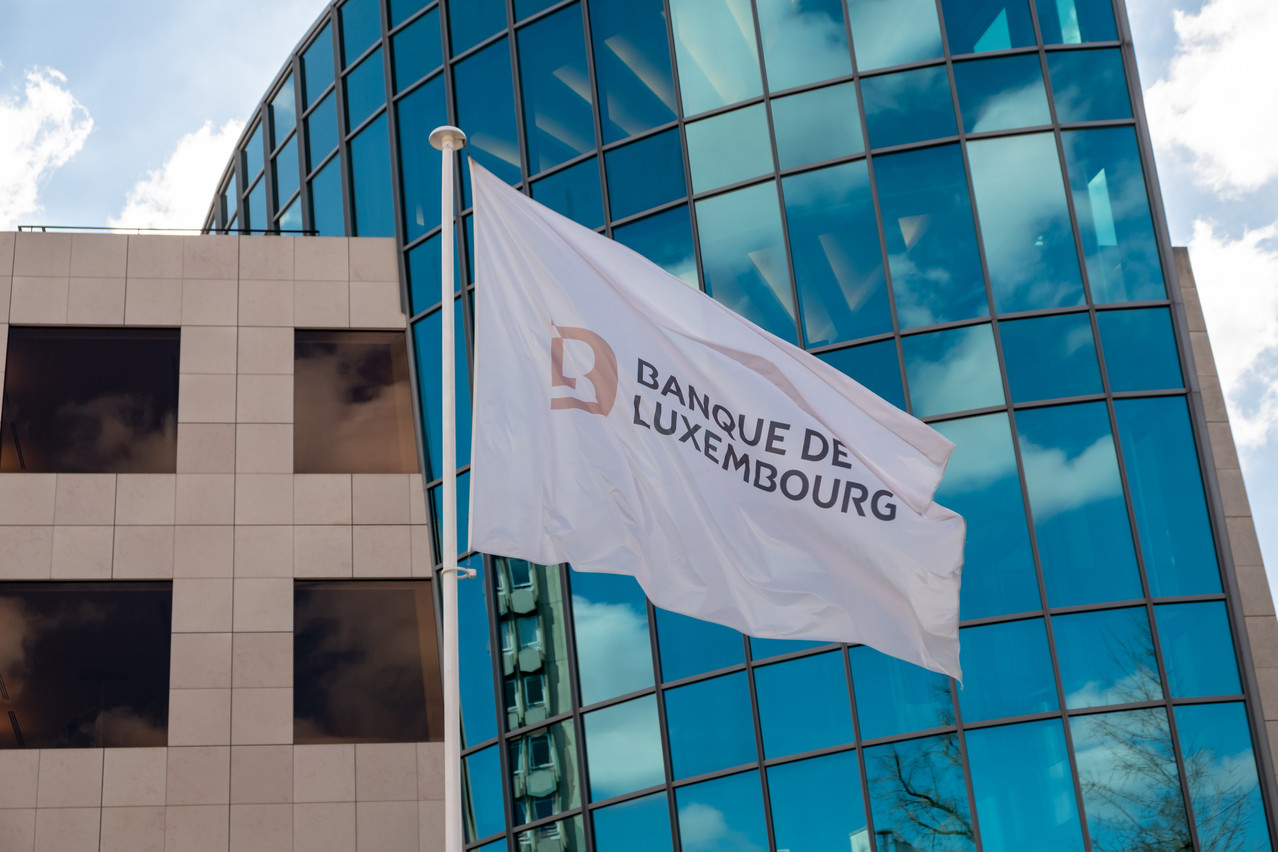On 15 November, the Commission de Surveillance du Secteur Financier (CSSF) imposed a fine of €1.32m on Banque de Luxembourg, as reported by the Luxembourg Times on Thursday. Officially confirmed at the end of December, this administrative sanction follows an inspection initiated by the regulator within the institution in 2018.
At the end of its review, the CSSF noted weaknesses in the respect of the anti-money laundering legislation. Among the points raised were the failure to report suspicions of money laundering as well as late reporting to the Financial Intelligence Unit (FIU). The mission of the FIU is to receive and analyse suspicions of money laundering and terrorist financing which are reported to it by financial sector professionals.
The Luxembourg financial watchdog also criticised the Banque de Luxembourg for “delays in reviewing client files” as well as for a “failure to respect the principle of transparency for certain operations.” However, the CSSF is cautious about the extent of the shortcomings it has identified: “It should be noted that the identified deficiencies are based on facts at the time of the on-site inspection, but that the bank has since taken measures to remedy them.”
A remediation plan
For its part, in addition to paying the fine in 2021, Banque de Luxembourg confirmed that it has launched a remediation programme. “The bank has thus continued to strengthen its control and compliance mechanism,” it said in a press release.
Contacted by Delano’s sister publication Paperjam, Banque de Luxembourg said that it “had initiated measures to strengthen its procedures” and this “even before the inspection mission of 2018.” It said that it has “improved its internal procedures and strengthened its alert system” and “completed its methods of classifying the risk level of its customers.” It also indicated that it had finalised the review of the files of its clients whose risk was categorised as higher.
Banque de Luxembourg’s latest annual accounts show that the financial institution has three internal control functions, including risk management and compliance, both of which report to the chief risk officer, a member of the executive committee. The third function, internal audit, reports to the managing director. It should be noted that these three functions report to the bank’s board of directors.
Strengthening the compliance culture
In terms of its staff, Banque de Luxembourg has reorganised its compliance teams and recruited new experts in the field. On the other hand, it states that it has set up a specific training programme for all its 950 employees.
We have always worked closely with authorities and have put in place a rigorous organisation, processes and controls to ensure strict compliance with regulations.
Banque de Luxembourg has been active for over a hundred years in the Luxembourg financial centre and has nearly €78 billion in customer deposits. Its chief risk officer, Etienne Planchard, said: “We have always worked closely with authorities and have put in place an organisation, processes and rigorous controls to ensure strict compliance with regulations.”
The CSSF has recognised this and explained that it has taken into account the cooperation of the credit institution and its corrective actions when calculating the amount of the fine. The total payment of the fine marked the end of the administrative sanction procedure, Banque de Luxembourg said.
This story was first published in French on . It has been translated and edited for Delano.

